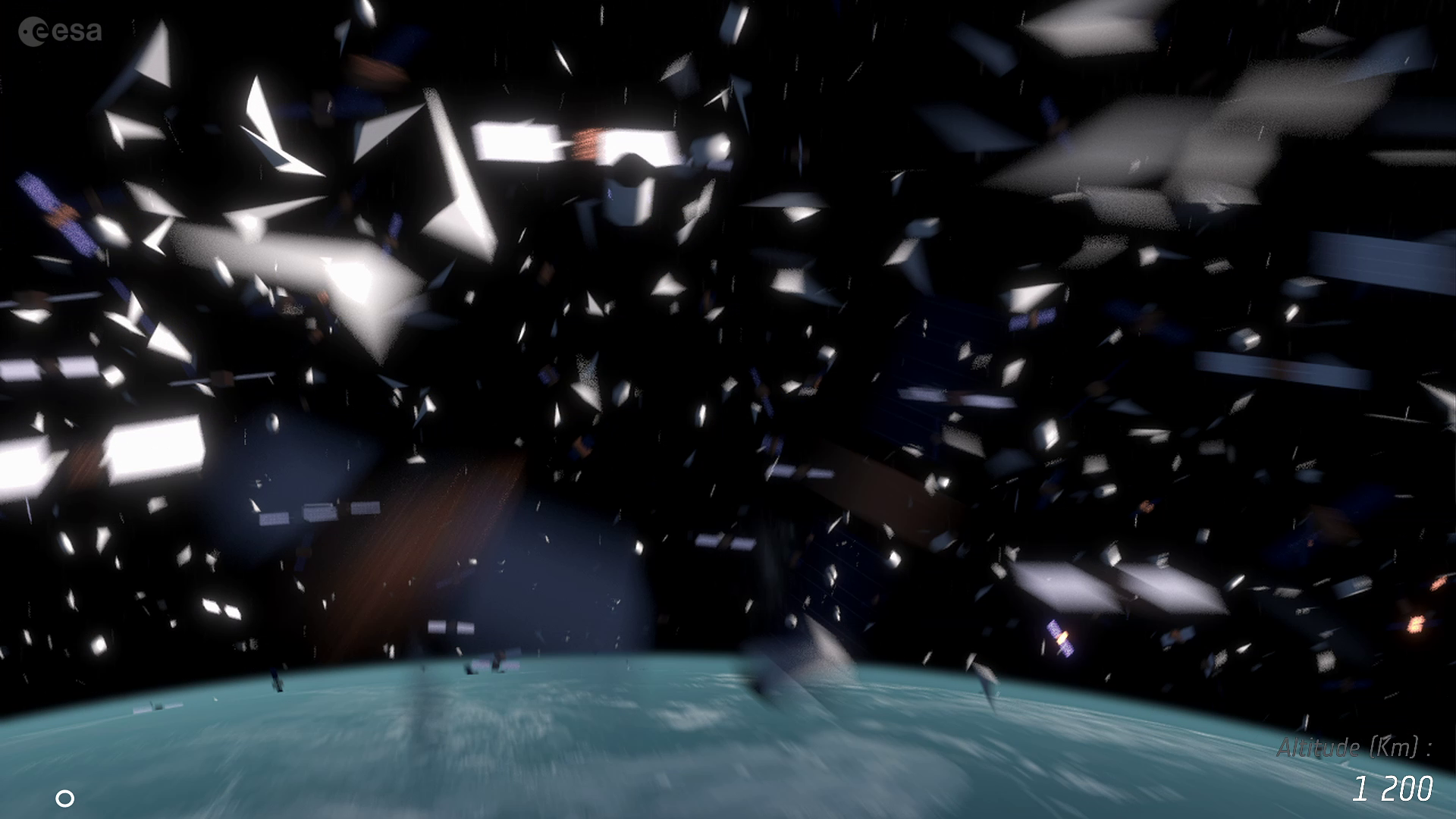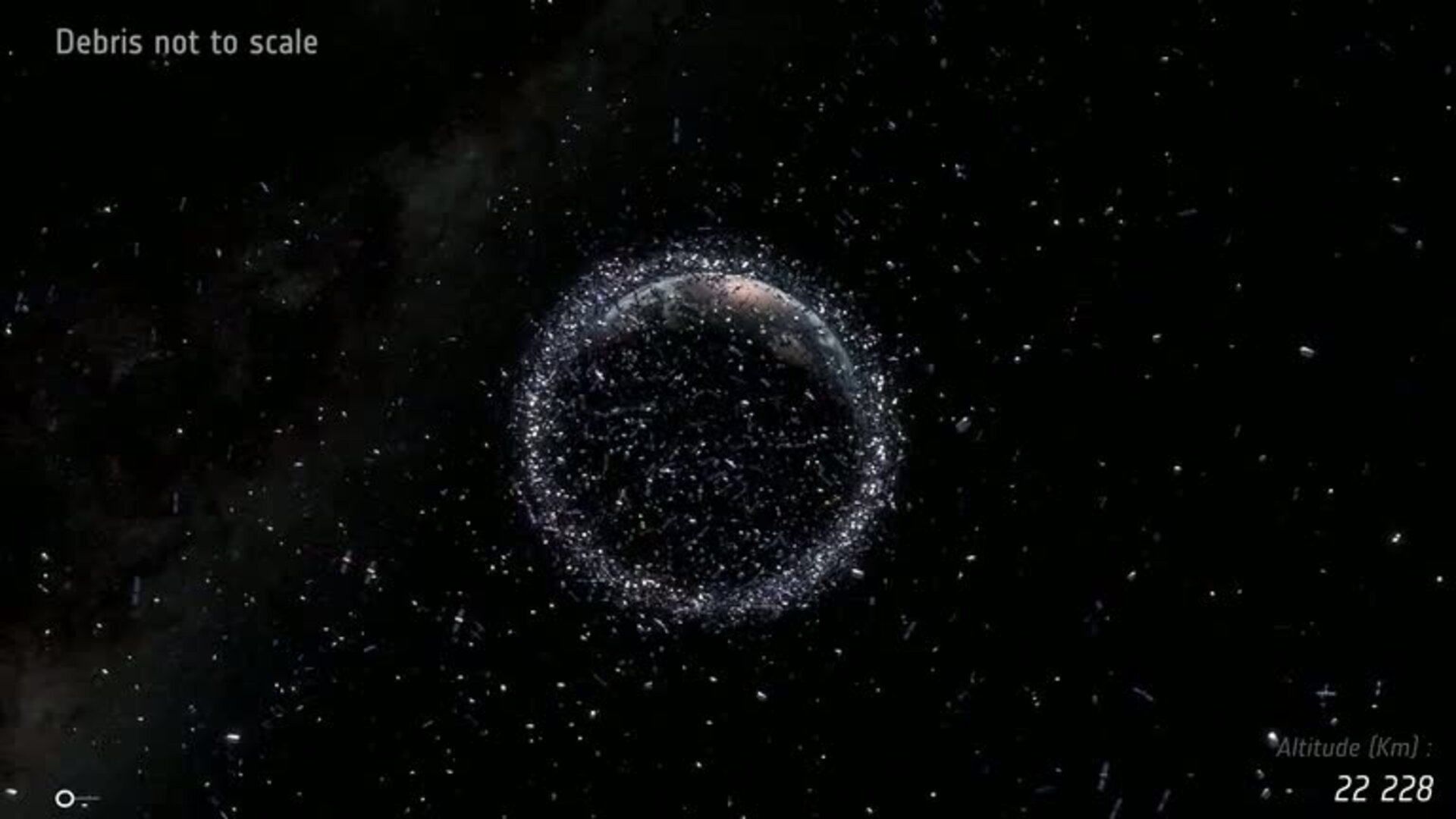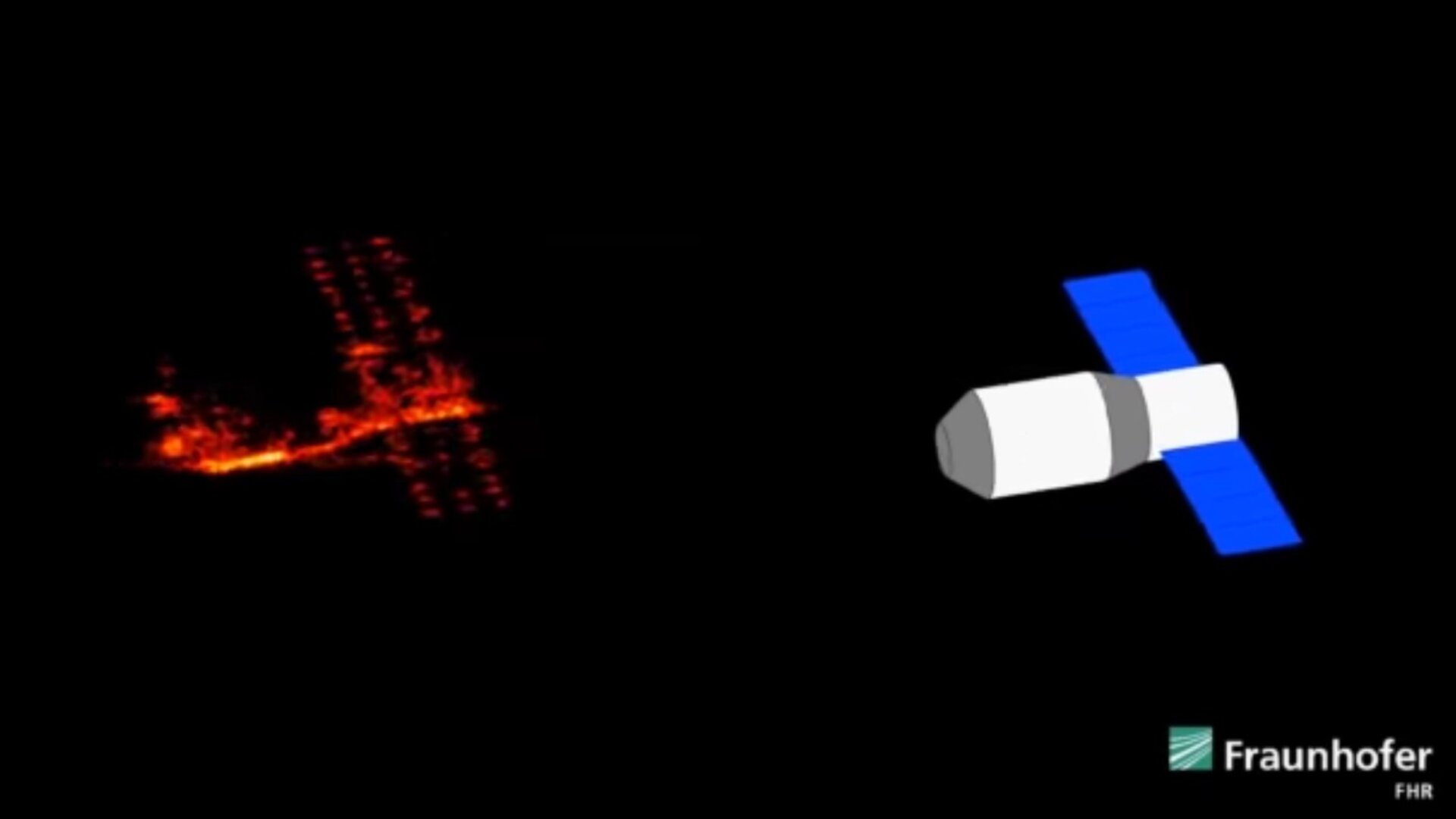Space19+ Briefing card - space debris and clean space
Video: Space Debris – A journey to Earth


Access the video
Space debris – a journey to Earth takes the audience on a voyage from the outer solar system back to our home planet. The objects encountered along the way are of human origin. Originally designed to explore the universe, these are now a challenge for modern space flight. An estimated number of 700,000 objects larger than 1 cm and 170 million objects larger than 1mm are expected to reside in Earth orbits.
The video gives a closer look at the different regions used for space flight and explains how mitigation and removal measures could preserve future usage of these orbits.
Produced for the 7th European Conference on Space Debris, 18-21 April 2017.
Video: Dealing with space debris


Access the video
Hear from Holger Krag, Head of ESA's Space Debris Office, about the problem of space debris and what can be done to ensure that satellites we rely on – providing us with services such as navigation, TV and weather forecasting – can operate safely in the future.
Video: ESA reentry expertise


Access the video
Each year, about 100 tonnes of defunct satellites, uncontrolled spacecraft, spent upper stages and discarded items like instrument covers are dragged down by Earth’s upper atmosphere, ending their lives in flaming arcs across the sky. While still in orbit, these and many other objects are tracked by a US military radar network, which shares the data with ESA, since Europe has no such capability of its own.
It’s the task of ESA’s Space Debris team to look at these data and issue updates to ESA Member States and partner civil authorities around the globe...
Clean Space
Find a selection of ESA Clean Space videos here

